Home>Garden Essentials>How Do Turf Farms Get Their Turf Grass So Green Before Installing It
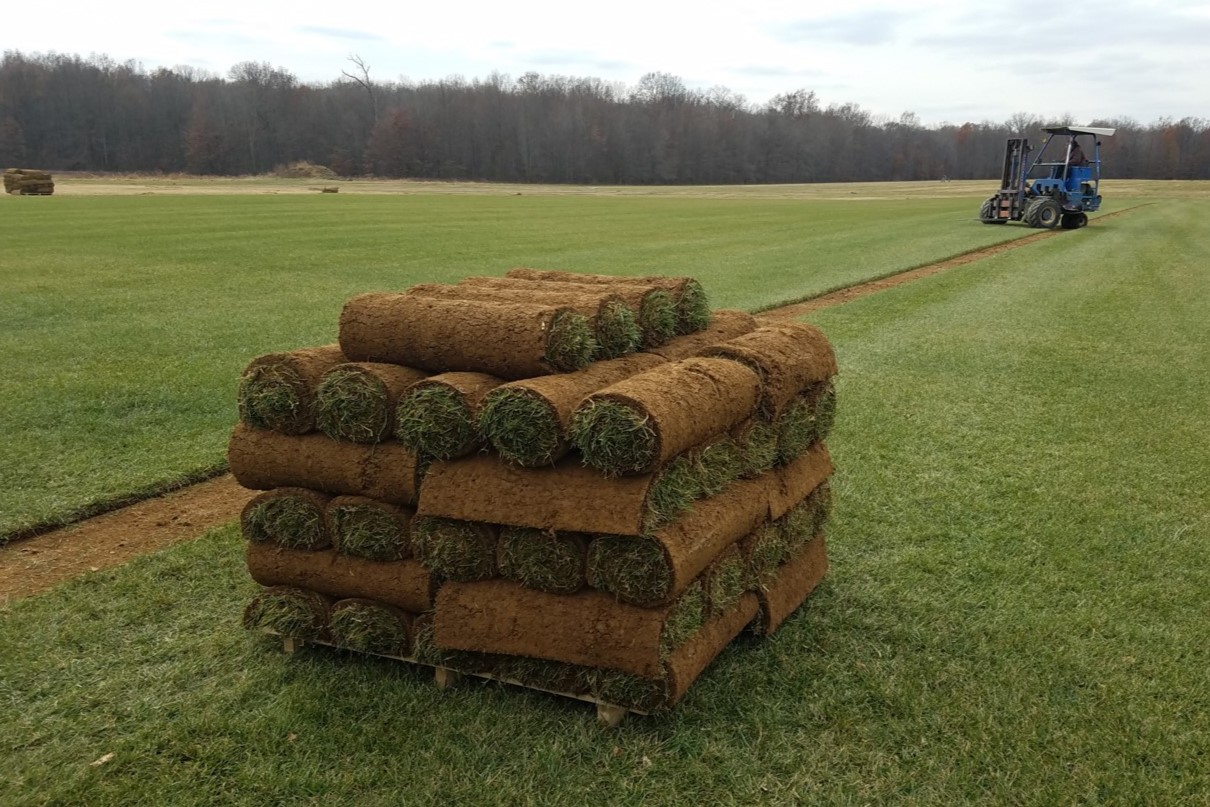

Garden Essentials
How Do Turf Farms Get Their Turf Grass So Green Before Installing It
Modified: March 29, 2024
Discover the secret of vibrant green turf grass in gardens! Get insights into how turf farms achieve stunning results before installing it on your own lawn.
(Many of the links in this article redirect to a specific reviewed product. Your purchase of these products through affiliate links helps to generate commission for Storables.com, at no extra cost. Learn more)
Introduction
When you picture a lush green garden or a meticulously manicured lawn, you may wonder how turf farms are able to achieve such vibrant and healthy turf grass before installing it. It seems almost magical, doesn’t it? Well, the truth is, there are various factors at play that contribute to the remarkable appearance of turf grass at turf farms.
In this article, we will explore the secrets behind how turf farms get their turf grass so green and vibrant. From soil preparation to watering techniques, fertilization, weed control, and maintenance, we will delve into the steps that turf farms take to ensure that their turf grass is of the highest quality.
So, if you’ve ever marveled at the perfection of turf grass and wondered how it’s achieved, let’s dig in and uncover the secrets together!
Key Takeaways:
- Turf farms achieve vibrant green grass through soil preparation, proper watering, and careful selection of grass varieties, contributing to beautiful, healthy outdoor spaces.
- The lush green appearance of turf grass is maintained by turf farms through precise fertilization, weed and pest control, and regular mowing and maintenance practices, ensuring a vibrant and inviting landscape.
The Importance of Green Turf Grass
Green turf grass holds immense significance in the world of landscaping and gardening. It not only adds beauty and aesthetic appeal to our outdoor spaces but also offers numerous benefits. Here are a few reasons why having green turf grass is essential:
- Aesthetics: One cannot deny the visual appeal of a lush green lawn. Green turf grass creates a striking contrast against other landscape elements and instantly beautifies the surroundings.
- Environmental Benefits: Green turf grass acts as a natural air purifier, trapping dust particles and absorbing pollutants. It also helps in reducing noise pollution and acts as a cooling agent, lowering temperatures in urban areas.
- Erosion Control: Well-maintained green turf grass prevents soil erosion and helps stabilize the land. It acts as a protective layer, preventing water runoff and the loss of valuable topsoil.
- Recreation and Relaxation: Green turf grass provides a safe and comfortable space for recreational activities. Whether it’s playing sports, picnicking, or simply lounging outdoors, a green lawn offers a welcoming and enjoyable environment.
- Health Benefits: Spending time in nature, surrounded by greenery, has a positive impact on mental and physical well-being. Green turf grass contributes to a sense of tranquility and relaxation, promoting overall health and happiness.
Now that we understand the significance of green turf grass, let’s explore the methods used by turf farms to achieve and maintain its vibrant and healthy appearance.
Preparing the Soil for Optimal Growth
One of the key factors in achieving vibrant and healthy turf grass is proper soil preparation. Turf farms know the importance of creating a nutrient-rich and well-drained soil environment to support optimal growth. Here are the steps involved in preparing the soil:
- Soil Testing: Before starting any soil preparation, turf farms conduct soil tests to determine its nutrient composition, pH level, and any deficiencies or imbalances. This helps them understand the specific needs of the soil and make necessary amendments.
- Removing Debris: Turf farms carefully remove any rocks, roots, or debris from the soil surface. This ensures a clean and even surface for the turf grass to be installed.
- Loosening the Soil: To improve drainage and root penetration, the soil is loosened using machinery or manual tools like aerators. This helps break up compacted soil and allows water and nutrients to reach the grass roots more easily.
- Amending the Soil: Based on the soil test results, turf farms add organic matter, such as compost or peat moss, to enrich the soil with essential nutrients. They also adjust the pH level by adding lime or sulfur, ensuring an optimal range for turf grass growth.
- Leveling the Surface: Turf farms take great care in leveling the soil surface to create a smooth and even base for the turf grass. This helps in preventing water pooling and promotes uniform growth.
By following these soil preparation steps, turf farms create a favorable growing environment for the turf grass and lay the foundation for its vibrant green appearance. Next, we will explore the importance of selecting the right turf grass variety.
Choosing the Right Turf Grass Variety
When it comes to achieving vibrant and healthy turf grass, choosing the right variety is crucial. Different turf grass varieties have unique characteristics and requirements, and turf farms carefully select the most suitable ones based on their specific needs. Here’s what turf farms consider when choosing a turf grass variety:
- Climate Adaptability: Turf farms assess the local climate and choose turf grass varieties that are well-adapted to the region’s temperature, rainfall, and sunlight conditions. This ensures better tolerance to environmental stressors and promotes healthier growth.
- Foot Traffic Resistance: Depending on the intended use of the turf grass area, turf farms consider the level of foot traffic the grass will endure. They choose varieties that have good wear tolerance and can withstand heavy usage without excessive damage.
- Disease and Pest Resistance: Turf farms prioritize choosing turf grass varieties that are resistant to common diseases and pests in the area. This reduces the need for excessive pesticide usage and promotes sustainable turf grass management practices.
- Growth and Recovery Rate: Some turf grass varieties have a faster growth rate and better recovery potential, making them ideal for areas that require quick establishment or regrowth after damage or maintenance activities.
- Appearance and Texture: Turf farms consider the desired aesthetic outcome when selecting a turf grass variety. They choose varieties that have a pleasing appearance, such as vibrant green color, fine texture, and dense growth, to create an attractive and uniform lawn.
By carefully evaluating these factors, turf farms ensure that they select the most suitable turf grass variety for each specific application. This helps in achieving the desired vibrant green look and promotes the long-term health and success of the turf grass. In the next section, we will explore how proper watering techniques contribute to maintaining the lush appearance of turf grass.
Proper Watering Techniques
Watering is a crucial aspect of turf grass maintenance and plays a vital role in keeping it green and vibrant. Turf farms follow specific watering techniques to ensure optimal moisture levels for the turf grass. Here are some key considerations for proper watering:
- Deep Watering: Turf farms promote deep watering rather than frequent shallow watering. This encourages the roots to grow deeper into the soil, resulting in a more resilient and drought-tolerant turf grass.
- Watering Frequency: The frequency of watering depends on factors such as temperature, rainfall, and soil type. Turf farms take these factors into account and establish an irrigation schedule that provides enough water to maintain proper soil moisture without causing waterlogging or excessive dryness.
- Time of Watering: Watering early in the morning or late in the evening is ideal as it minimizes water loss due to evaporation. This also allows the grass blades to dry before nightfall, reducing the risk of disease development.
- Irrigation Method: Turf farms utilize efficient irrigation methods, such as sprinklers or drip systems, to ensure uniform water distribution. They also monitor and adjust the irrigation system to avoid over or under-watering specific areas.
- Rainwater Harvesting: Some turf farms implement rainwater harvesting systems to collect and store rainwater for irrigation purposes. This reduces reliance on freshwater sources and promotes sustainable water management.
By following these watering techniques, turf farms provide the necessary moisture for turf grass growth while minimizing water waste. Consistent and proper watering helps maintain the vibrant green color of the turf grass while promoting its overall health and vitality. In the next section, we will explore the role of fertilization in achieving lush turf grass.
Turf farms keep their grass green by regularly fertilizing, watering, and mowing it. They also use specialized equipment to ensure the grass stays healthy and vibrant before it’s installed.
Read more: How To Install Turf Grass
Fertilizing the Turf Grass
Fertilization is a critical practice in maintaining the health and vibrancy of turf grass. Turf farms carefully tailor their fertilization schedules and methods to supply the necessary nutrients for optimal growth. Here are some key aspects of fertilizing turf grass:
- Soil Analysis: Before fertilizing, turf farms conduct soil tests to analyze the nutrient content and pH level of the soil. This helps them determine the specific nutrient requirements and make informed decisions regarding fertilizer application.
- Nutrient Balance: Turf farms utilize fertilizers that provide a balanced blend of essential nutrients such as nitrogen, phosphorus, and potassium (NPK). The ratio of these nutrients is adjusted based on soil test results to ensure proper nourishment without causing imbalances or nutrient deficiencies.
- Slow-Release Fertilizers: Turf farms often opt for slow-release fertilizers that gradually release nutrients over an extended period. This allows for a more controlled nutrient uptake by the turf grass, minimizing the risk of nutrient leaching and maximizing utilization efficiency.
- Seasonal Application: Turf farms follow a seasonal fertilization schedule to meet the changing nutrient demands of the turf grass. This may include a lighter application in spring to promote growth and a heavier application in fall to enhance root development and winter hardiness.
- Application Techniques: Turf farms apply fertilizers using calibrated spreaders to ensure even distribution. They also take care to avoid fertilizer runoff into water bodies, implementing buffer zones and following best management practices.
Fertilizing turf grass with the right nutrients in the correct proportions not only promotes vigorous growth but also enhances its resistance to diseases, pests, and environmental stressors. It contributes to the vibrant green color and lush appearance of the turf grass. In the next section, we will explore how turf farms manage weeds and pests to maintain the health and quality of the turf grass.
Controlling Weeds and Pests
Weeds and pests can quickly become a nuisance and detract from the beauty and health of turf grass. Turf farms understand the importance of proactive weed and pest control to maintain the quality of their turf grass. Here are some common methods used:
- Preventive Measures: Turf farms implement preventive measures such as regular mowing at the correct height and proper watering and fertilization. A healthy and thick turf grass stand can outcompete weeds and is less susceptible to pest infestations.
- Weed Control: Turf farms employ strategies like hand-pulling or using herbicides to control weeds. They choose herbicides that specifically target the types of weeds present, while minimizing potential harm to the turf grass and the environment.
- Pest Management: Turf farms monitor for common pests such as grubs, chinch bugs, or sod webworms. If pest populations reach damaging levels, they may utilize targeted insecticides or beneficial nematodes to control the infestation.
- Integrated Pest Management (IPM): Turf farms often adopt an integrated approach that combines various pest control strategies. This includes cultural practices, biological controls, and minimal chemical intervention, ensuring a sustainable and environmentally friendly approach.
- Regular Inspections: Turf farms perform regular inspections to detect early signs of weed growth or pest activity. This allows for timely intervention and prevents significant damage to the turf grass.
By implementing effective weed and pest control measures, turf farms can maintain the visual appeal and health of their turf grass. This supports the lush green appearance and overall quality of the turf grass. In the next section, we will explore the importance of regular mowing and maintenance.
Regular Mowing and Maintenance
Regular mowing and maintenance play a vital role in keeping turf grass looking its best. Turf farms understand the importance of proper mowing techniques and consistent upkeep to maintain the health and aesthetics of their turf grass. Here are some key aspects of regular mowing and maintenance:
- Mowing Height: Turf farms set their mowing height based on the turf grass variety and the desired appearance. They follow the “one-third rule,” meaning they never remove more than one-third of the grass blade length at a time. This promotes a healthier root system and reduces stress on the turf grass.
- Mowing Frequency: Turf farms establish a mowing schedule based on the growth rate of the turf grass. They mow regularly to maintain an even height, preventing the grass from becoming too long or uneven.
- Sharp Blades: Turf farms ensure their mower blades are sharp to achieve a clean cut. Dull blades can tear and damage the grass, leading to a brown, ragged appearance.
- Clipping Removal: Turf farms often leave the grass clippings on the lawn as they decompose and return valuable nutrients back into the soil. This practice, known as “grasscycling,” reduces waste and promotes a healthier turf grass stand.
- Aeration: Turf farms perform aeration to alleviate soil compaction and promote better water and nutrient absorption. This involves removing small cores of soil, allowing air, water, and nutrients to penetrate the root zone.
- Overseeding: Turf farms may opt for overseeding to introduce new grass seed into an existing turf grass stand. This helps fill in bare spots, improve density, and maintain a uniform appearance.
By adhering to proper mowing techniques and performing regular maintenance tasks, turf farms can keep their turf grass healthy, lush, and visually appealing. These practices contribute to the overall vibrancy and longevity of the turf grass, ensuring a beautiful landscape throughout the year. In the next section, we will conclude our exploration of how turf farms achieve and maintain their vibrant green turf grass.
Conclusion
Turf farms possess the secrets to achieving and maintaining vibrant and healthy green turf grass. Through careful soil preparation, choosing the right turf grass variety, proper watering techniques, fertilization, weed and pest control, and regular mowing and maintenance practices, turf farms create and sustain the remarkable appearance of their turf grass.
The importance of green turf grass extends far beyond just its visual appeal. It enhances the environment, prevents soil erosion, provides a space for recreational activities, and offers various health benefits. Turf farms understand the significance of these benefits and work diligently to ensure their turf grass meets the highest standards.
By preparing the soil with nutrient-rich amendments and creating an optimal growing environment, turf farms lay the foundation for healthy turf grass growth. They carefully select the appropriate turf grass variety based on climate adaptability, wear tolerance, disease resistance, and other factors to ensure the best results.
Proper watering techniques and irrigation schedules, tailored to the turf grass’s needs, keep it well-moisturized and vibrant. Fertilization, performed with precision and balanced nutrient ratios, provides the necessary nourishment for growth and maintains the green color of the turf grass.
To combat weeds and pests, turf farms implement preventive measures, targeted controls, and integrated pest management strategies to minimize damage and maintain the health of the turf grass. Regular mowing at the appropriate height with sharp blades, along with routine maintenance tasks like aeration and overseeding, ensure the turf grass remains dense, uniform, and visually appealing.
In conclusion, the remarkable green turf grass seen at turf farms is the result of a combination of factors, including soil preparation, the right choice of turf grass variety, proper watering, fertilization, weed and pest control, as well as regular mowing and maintenance. Turf farms play a crucial role in creating and maintaining beautiful outdoor spaces, contributing to the aesthetics and overall well-being of our environment.
Frequently Asked Questions about How Do Turf Farms Get Their Turf Grass So Green Before Installing It
Was this page helpful?
At Storables.com, we guarantee accurate and reliable information. Our content, validated by Expert Board Contributors, is crafted following stringent Editorial Policies. We're committed to providing you with well-researched, expert-backed insights for all your informational needs.


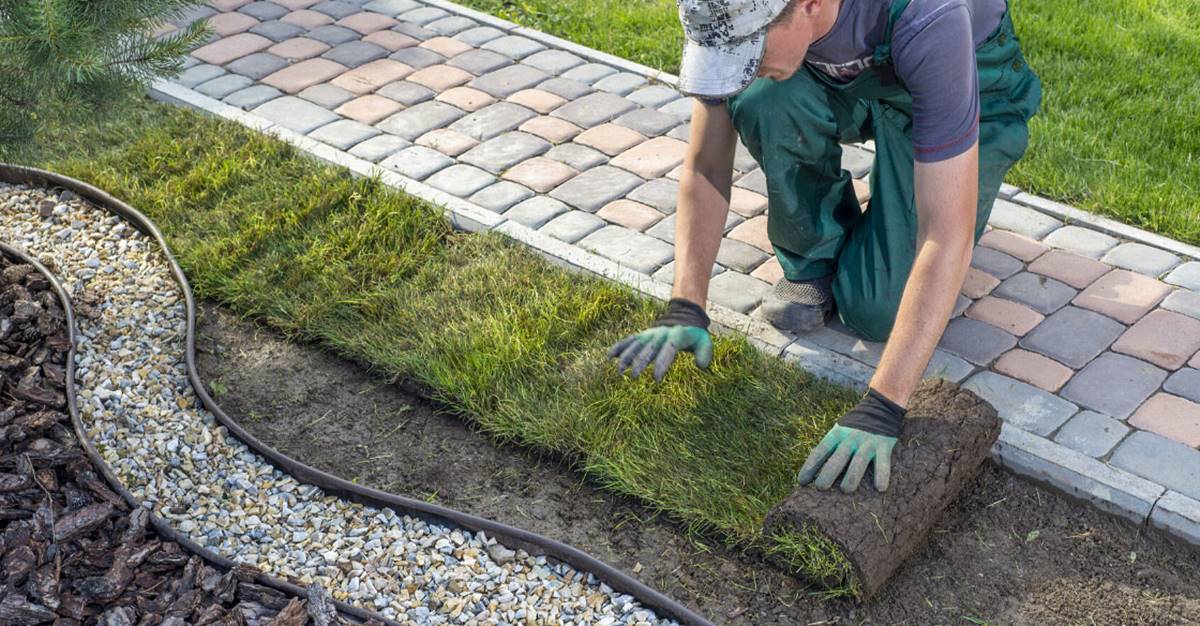
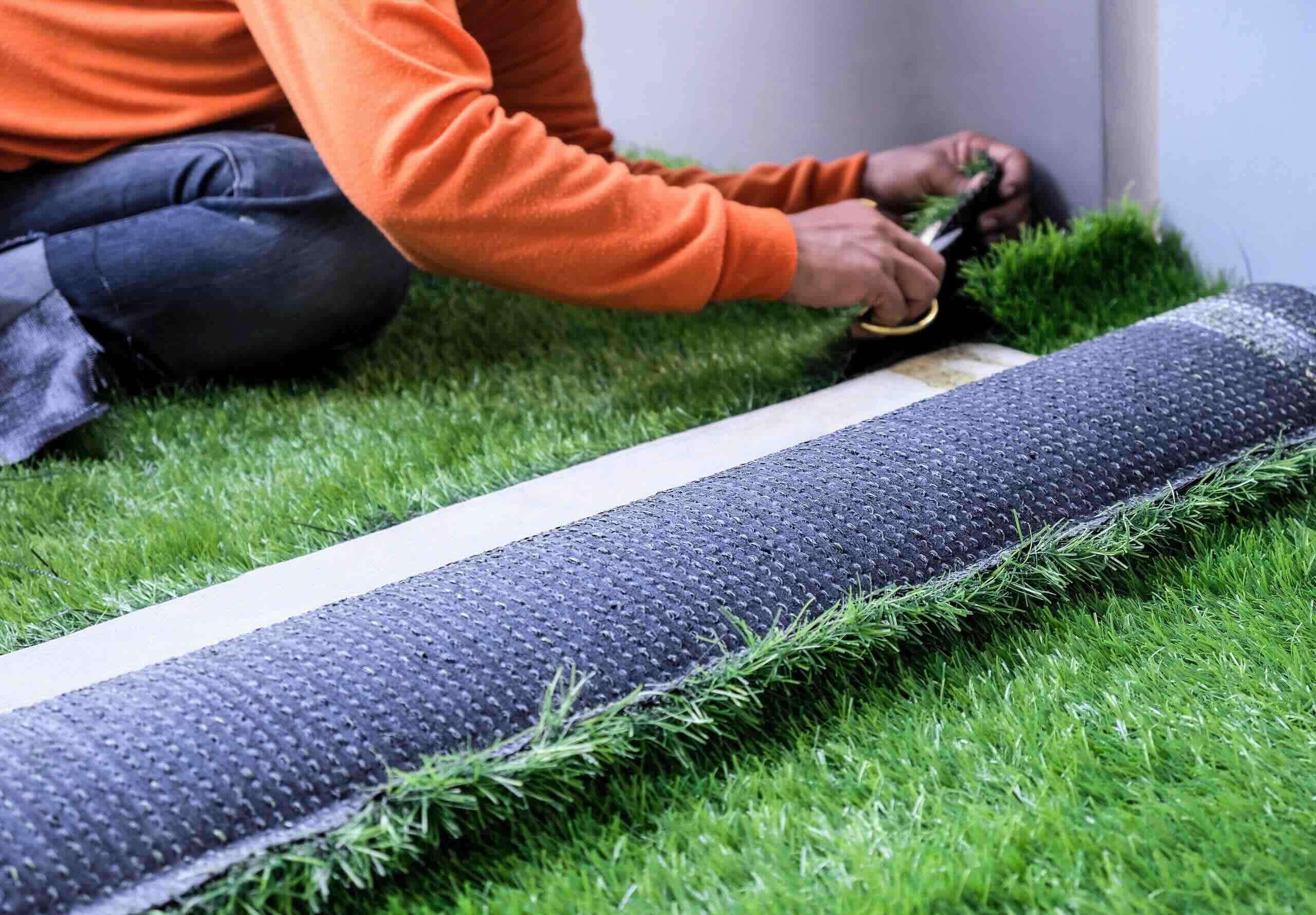

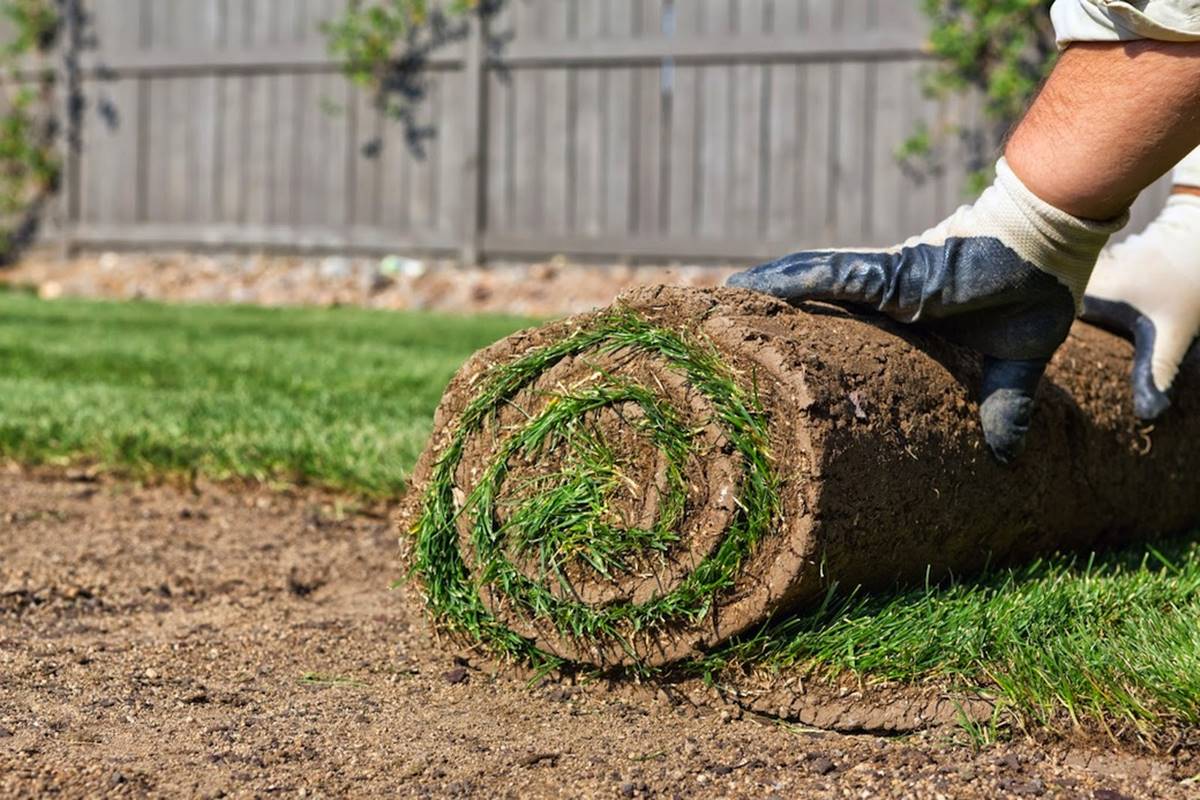
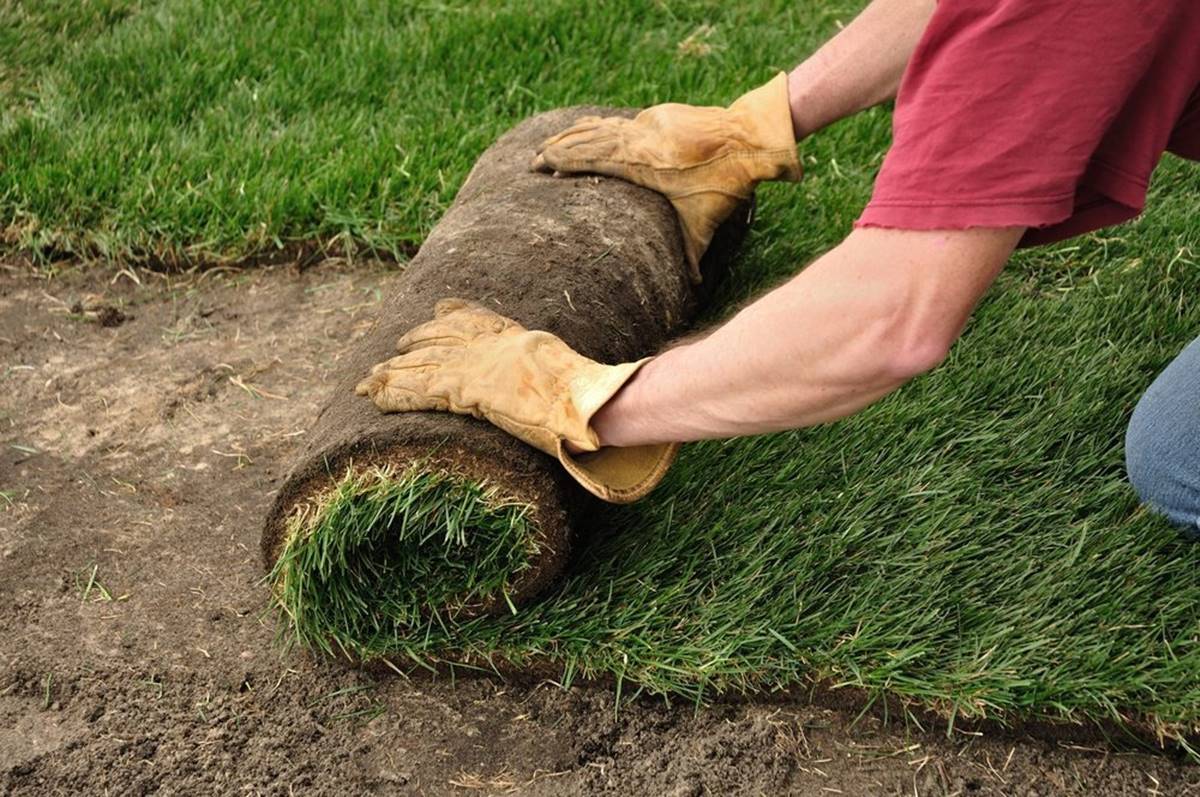
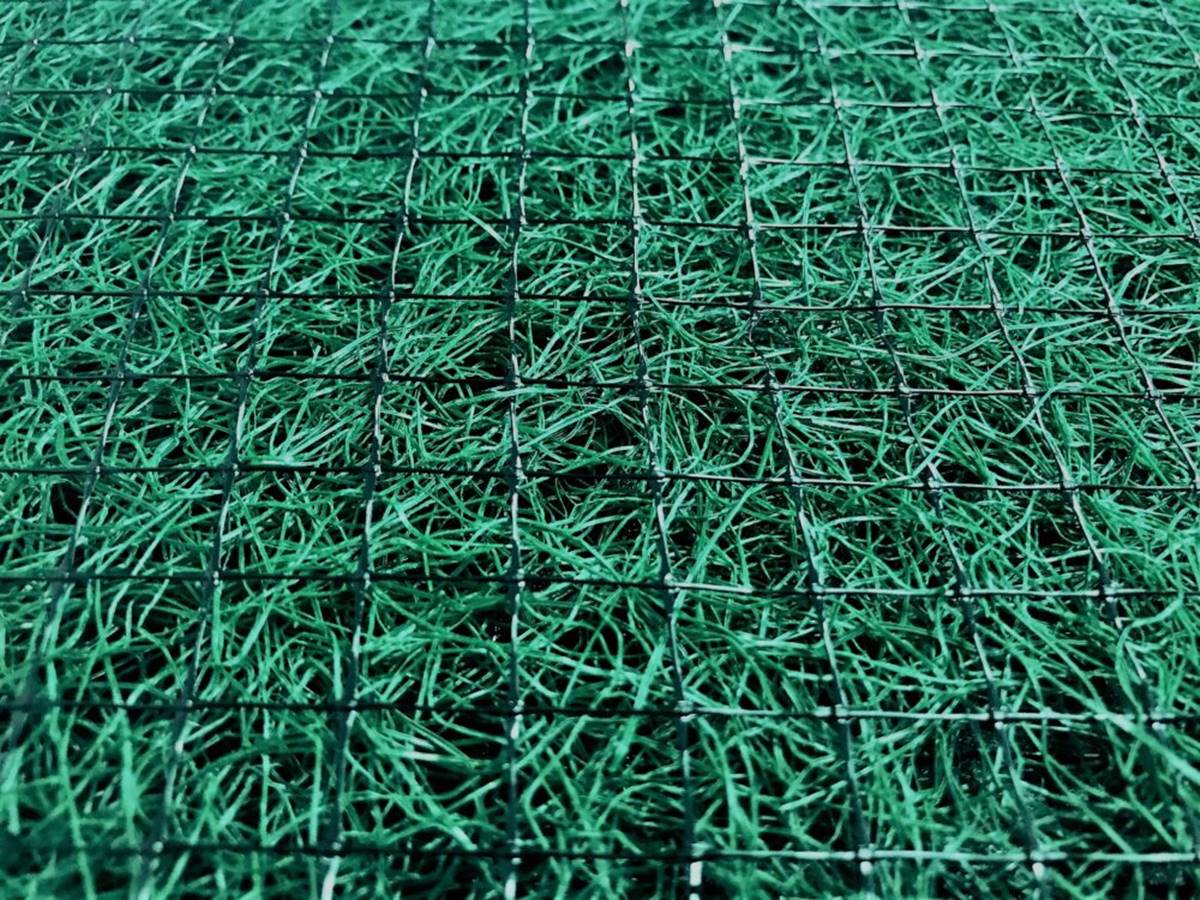
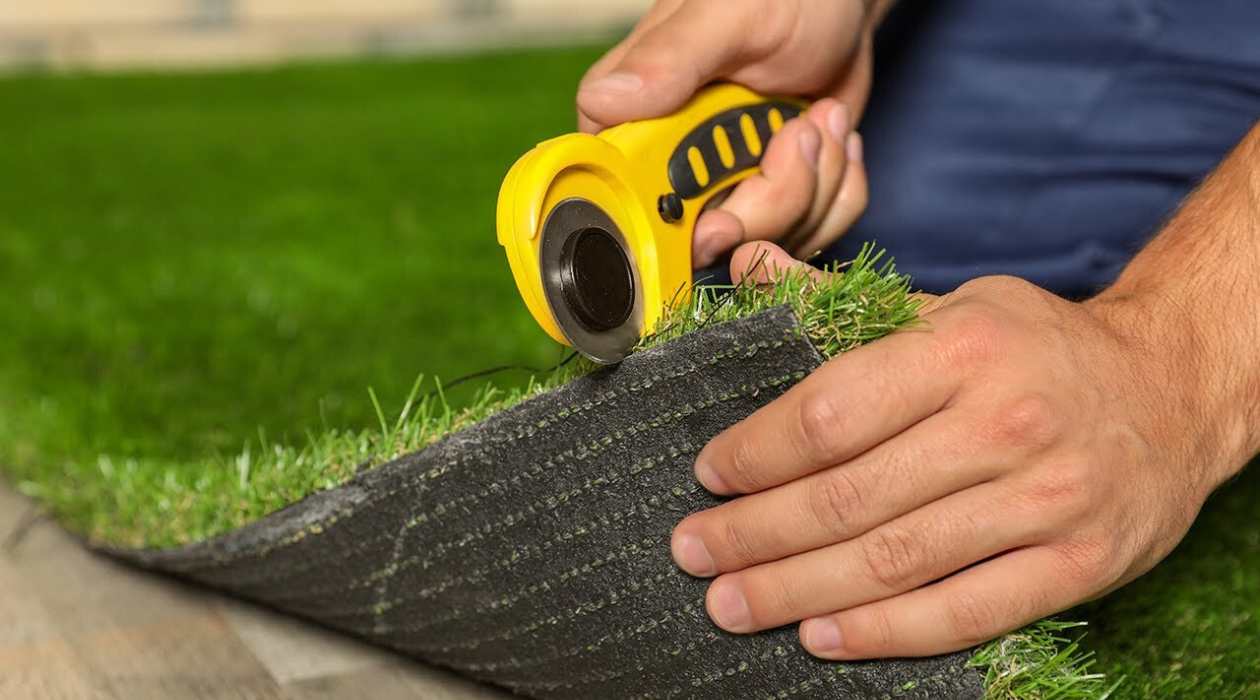

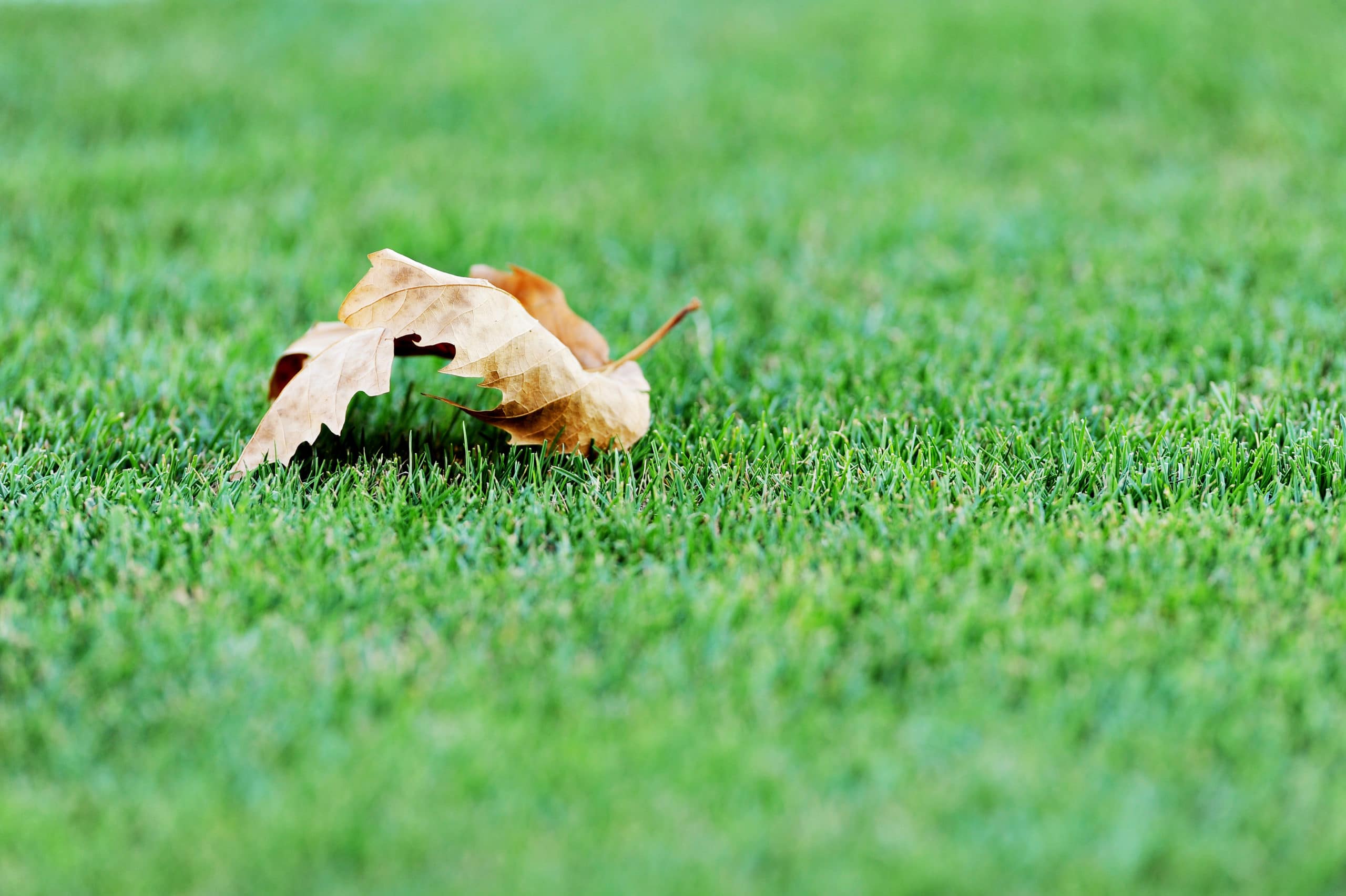
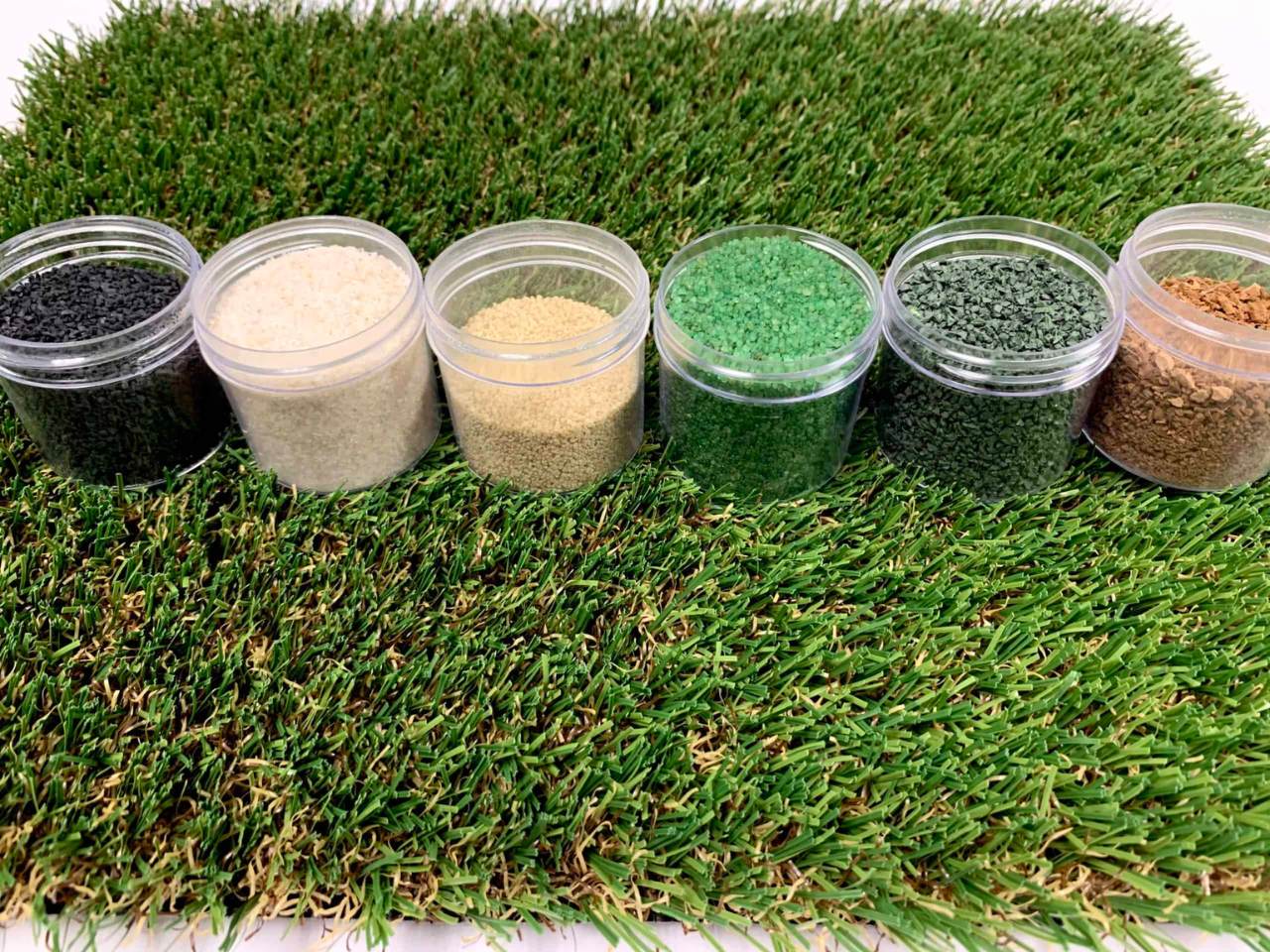
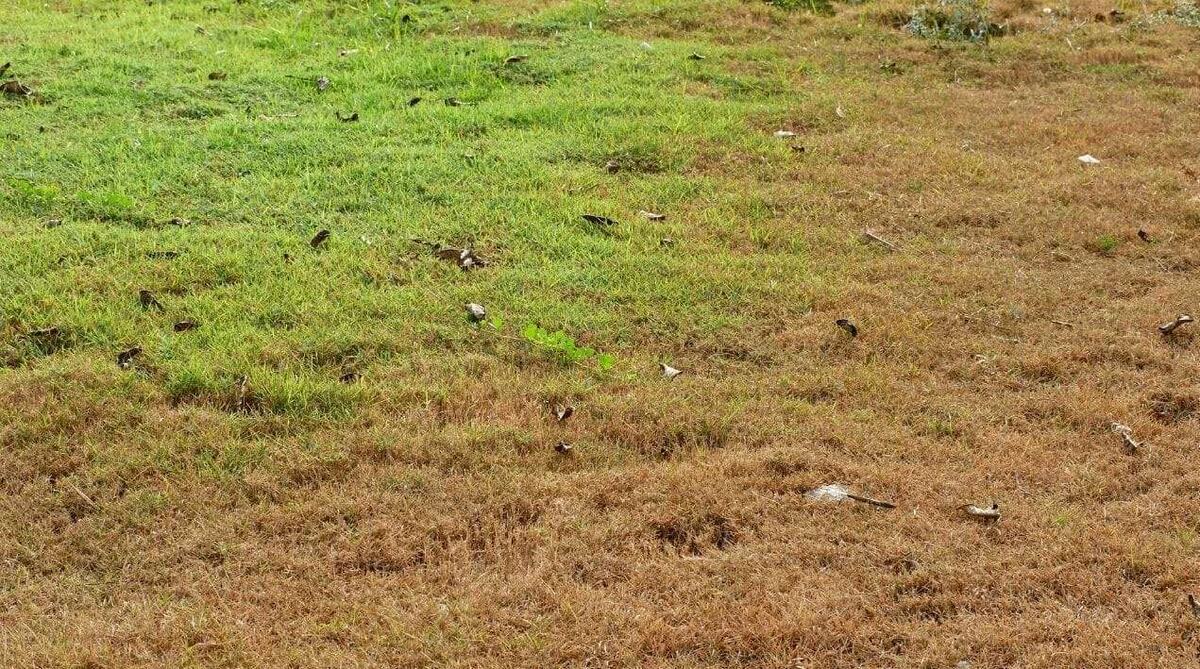
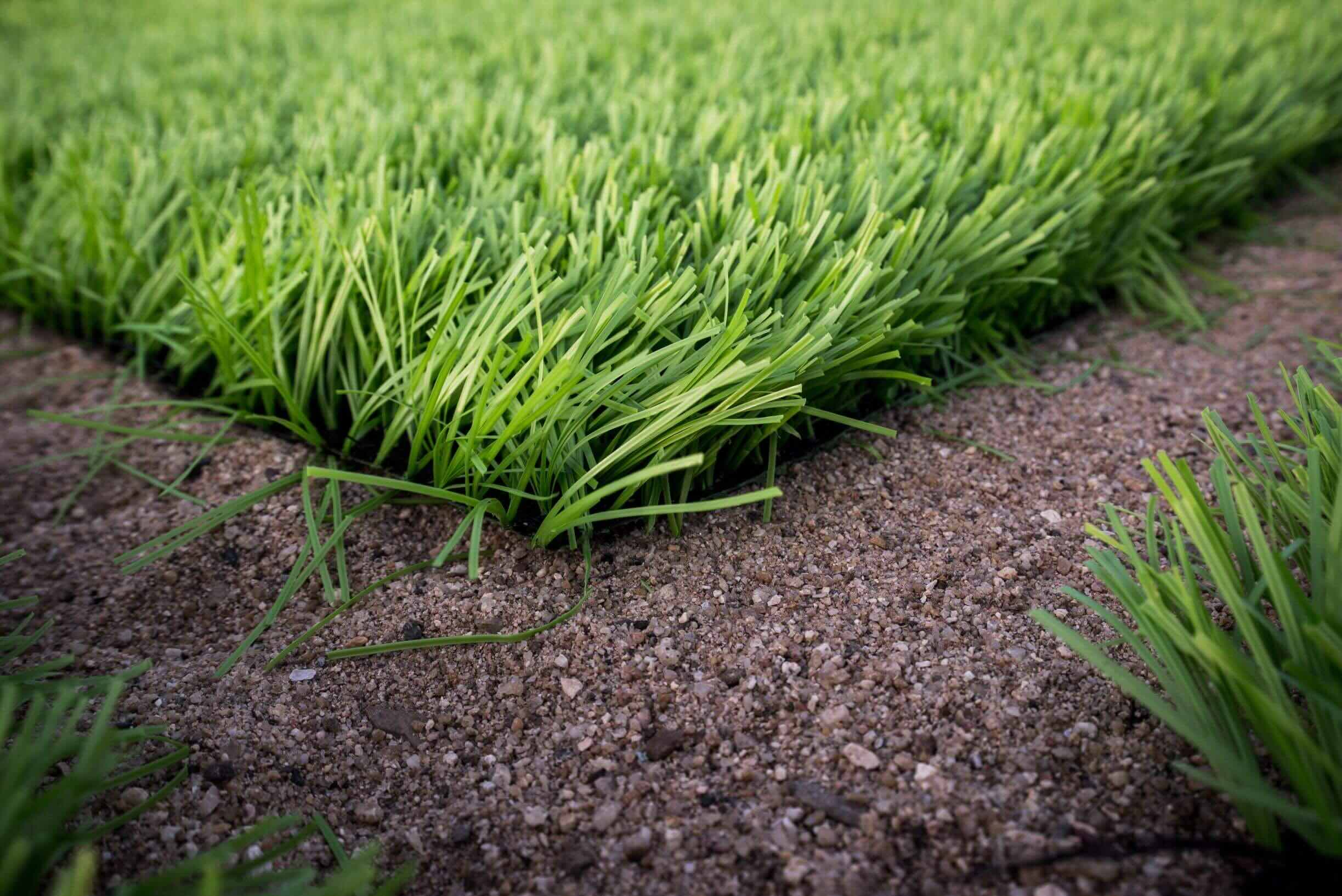

0 thoughts on “How Do Turf Farms Get Their Turf Grass So Green Before Installing It”